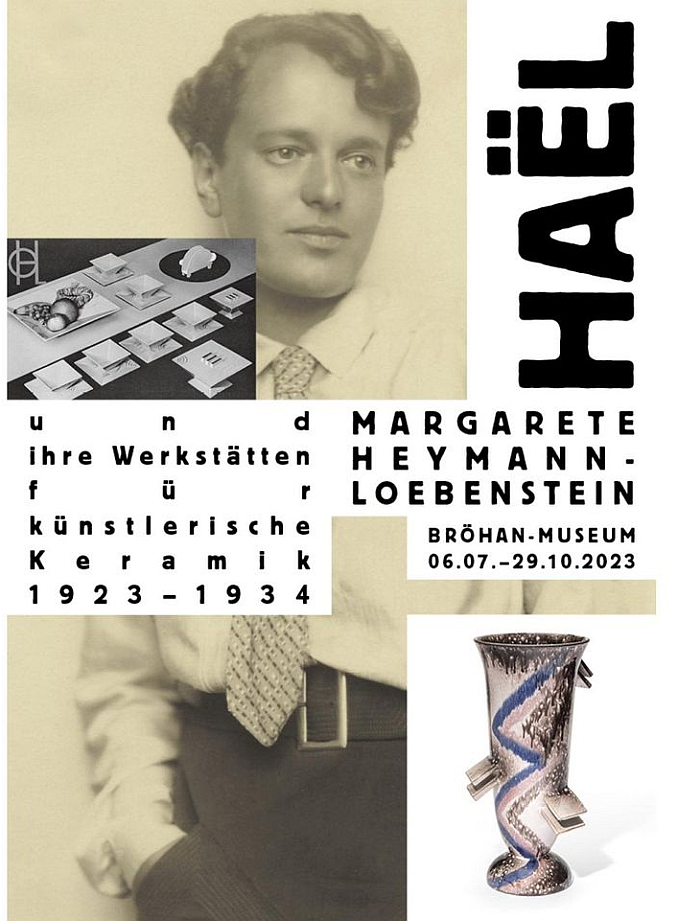In July 1969 Apollo 11 landed on the moon, and as Neil Armstrong stepped from the Eagle lunar module he announced it was, "one small step for [a] man, one giant leap for mankind".
And inarguably it was. And was.
But what has it brought mankind?
Apart from an awful lot of conspiracy theories. And an ongoing fascination with space that drives the irrational belief that in the 21st century we urgently require everything which appeared in 1950s and 1960s science fiction comics and films in order to have happy, functioning societies.
Yes, it also brought us Gil Scott-Heron's, ever glorious, and still very relevant, Whitey on the Moon; a work that through it's continuing, unabated, undiluted, relevance reminds us all how little Apollo 11 has brought mankind.
Other small steps can, we'd argue, be much more meaningful. Can enable longer leaps in more meaningful directions.
Such as the small step into an architecture or design museum; a step that can, will, inform and entertain, can, will, allow fresh insights and perspectives, can, will, cause a questioning and reflection: and thereby, potentially, enable the development of differentiated thoughts and appreciations on the now and on that now still to come. And perhaps in doing so quell a few conspiracy theories. And so allow for the development of a future worthy of the name.
Our five featured short steps for July 2023 can be taken in Stuttgart, New York, Hornu, London and Berlin.......
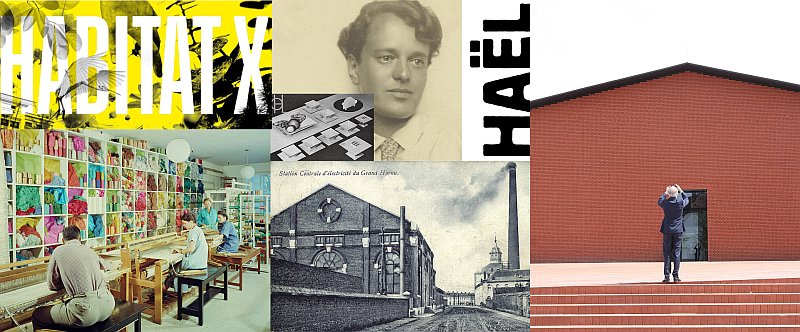
Stating the human societies design and plan their spaces for the needs of human societies isn't a radical claim, nor one that over the greater passage of time past many would have questioned; however, of late that questioning has not only begun, but has become increasingly persistent and loud. A contemporary questioning not only on account of increasing appreciations that we don't occupy our urban spaces alone, but also increasing appreciations that our actions have consequences not only for other species but also for important systems of balance and control, and thus, ultimately, consequences for us. Appreciations that have increasingly led to questions of how can we stop planning for humans alone, can start designing for all species and systems of the planet, while maintaining towns and cities and transportation networks that serve, and are responsive enough to continue to serve, human society.
A question that is becoming increasingly urgent.
Organised and curated by Stuttgart based Bureau Baubotanik, a platform who, if one so will, propose construction as a cooperation of man-made and natural materials, Habitat X promises to showcase projects, approaches and positions by Rotterdam based Felixx Landscape Architects and Planners and by Berlin based Studio Animal-Aided Design; a showcasing which while it wont, cant, provide all the answers as to how a way forward can be forged, should provide for informative impulses as we search for those ways forward, as we search for answers to the questions of not only how architecture, urban planning and construction can, should, must, adapt to be more responsive to the environment in which they exist, but also how the processes of planning, how the approaches to planning, how the tools of planning, can, should, must, adapt to support that shift.
And that under a title that through its reference to the 9th CIAM congress in Aix-en-Provence in July 1953 on the subject of Habitat, and the from that congress arising Team Ten of young architects breaking with accepted convention, very much reminds that 70 years after Le Corbusier et al gathered in Aix-en-Provence the relationships between architecture and the physical and metaphysical and social environments it occupies is still too readily overlooked. And also somewhat cheekily suggesting that maybe it's time to let a younger generation have a go at defining architecture and its relationships.
Habitat X: Climate-adapted coexistence of humans, animals and plants is scheduled to open at the architekturgalerie am weißenhof, Am Weißenhof 30, 70191 Stuttgart on Thursday July 6th and run until Sunday October 8th. Further details can be found at www.weissenhofgalerie.de
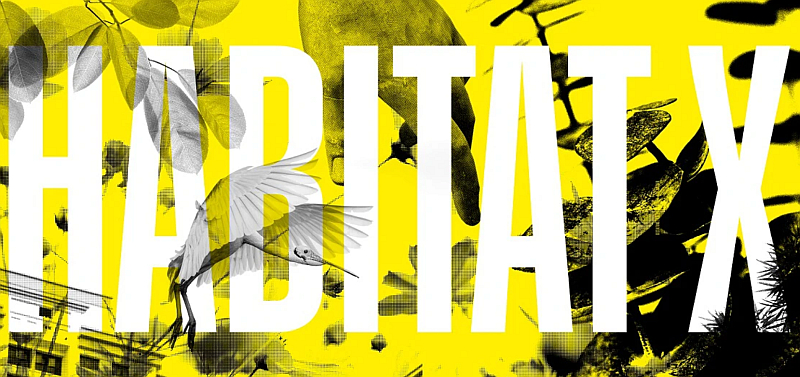
Born in Santa Rosa, California, in 1897 Dorothy Liebes trained, and worked, as a school teacher before in 1920 enrolling to study weaving and dying at Hull House, Chicago, that so important and influential social and education project, that so important and influential moment in the development of the women's rights movement and female emancipation in the USA, and subsequently continuing her eduction and training through the 1920s and 30s with periods of formal study, periods of private study, and also numerous study tours, including to central America, before establishing herself in her own studio in San Francisco, a studio later joined by a second in New York City, a studio that specialised in handwoven fabrics; and a studio from which Liebes cooperated with designers such as, and amongst many others, Frank Lloyd Wright, Raymond Loewy or Donald Deskey, a studio from which Liebes contributed textiles for innumerable interior design projects ranging from private homes over offices to theatres, cruise ships and airplanes and thereby, through her own textiles and her numerous consultancies, become an influential protagonist in the development of textile design, and by extrapolation interior design, in post-War America.
If one who today is often but a footnote in the telling of that (hi)story.
Promising a presentation in five chapters populated by some 125 objects A Dark, A Light, A Bright aims to elucidate not only Liebes' textiles, career, legacy and relevance but also her approach and her positions to textiles and textile design, approaches and positions in which, as the title tends to imply, colour played an important, central, defining role, and thus should not only help allow a creative who was once very visible to achieve a contemporary visibility she is currently denied, but should also allow for better and more probable appreciations of the development of textiles and textile design in mid-20th century America, and thereby allow for better and more probable appreciations of the path taken to contemporary textile positions and approaches. And for better and more probable appreciations of the (hi)story of furniture and interior design in mid-20th century America.
A Dark, A Light, A Bright: The Designs of Dorothy Liebes is scheduled to open at the Cooper Hewitt, Smithsonian Design Museum, 2 East 91st Street, New York, NY 10128 on Friday July 7th and run until Sunday February 4th. Further details can be found at www.cooperhewitt.org
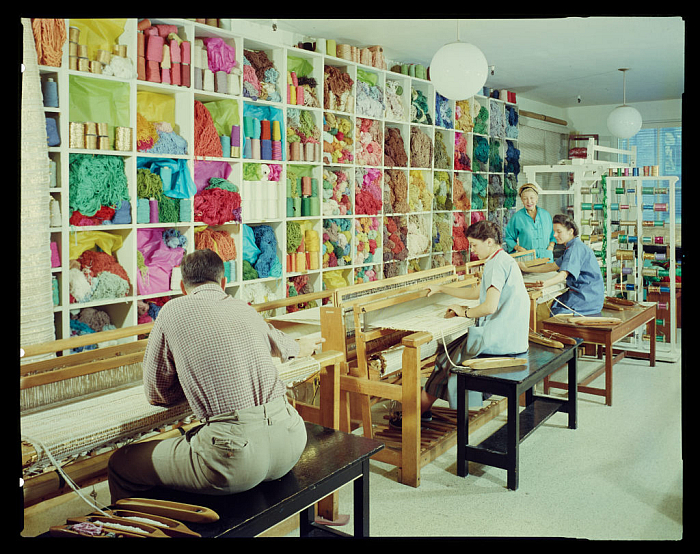
While their is an argument to made, indeed an argument often is made, that it is innovation that has enabled human society to advance and achieve its contemporary status, over the decades of that human advancement not only has the question what is innovation continually changed, nor only has the contexts in which innovation is deemed possible and desirable continually been expanded, and constricted, but we've also become increasingly aware of the necessity to critically review the innovation of previous generations by way of better framing and defining our own innovation.
With From archive to design CID, Hornu, promise an exhibition which juxtaposes works from their design collection, a collection, if one so will, of 20th and 21st century innovation, with documents from the collection established by Leon Plaetens, a, for want of a better phrase, amateur archivist of Grand-Hornu, who searched out and collected over a thousand documents, photos, sketches etc related to the construction and operation of the coal mines at Grand-Hornu. Coal mines that, lest we forget, were also a component of the social reform of industry in the 19th century, thus not just a location of the technical innovation of the period, but social innovation.
Discussing its narrative in four chapters exploring From growth to degrowth, New materials and manufacturing processes, Craftsmanship and cutting-edge technology & Reimagining and repurposing, and through works by the likes of, amongst many others, Enzo Mari, Emma Cogné, Aldo Bakker, Jinhyun Jeon or Jólan van der Wiel, alongside many anonymous/uncredited works from the 19th century heyday of the Grand-Hornu coal mines, From archive to design, through its juxtaposing of 18th/19th century innovation with 20th/21st century innovation, of innovation with which we have a great temporal distance with that with which we have none, should provide on the one hand for interesting and informative insights into the changes in understandings of, definitions of, innovation over the centuries, and indeed better appreciations of what has remained consistent in terms of definitions and understandings of innovation throughout the past 200ish years, and on the other provide for perspectives and approaches to the regularly unasked question if innovation in itself is always a good thing. And thereby also allow us all to more critically question the myriad innovations driving contemporary society. And the "centre d’innovation" of CID's name.
From archive to design. Audacity and innovation is scheduled to open at CID – centre d’innovation et de design au Grand-Hornu, Rue Sainte-Louise 82, 7301 Hornu on Sunday July 2nd and run until Sunday October 15th. Further details can be found at www.cid-grand-hornu.be
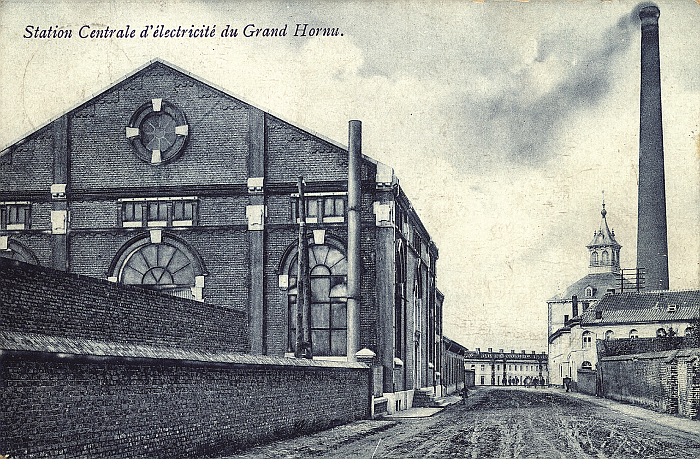
As a general rule we tend to shy away from monographic exhibitions of still practising architects; we're not sure why, we're quite happy with monographic exhibitions of still practising designers, but with architects an internal brake generally stops us from approaching them, and we let it. As we say, we don't know why, but we do know it probably isn't a good thing.
Herzog & de Meuron at the Royal Academy of Arts, London, is a rare exception, a rare example of us over-riding that deep-set brake, and that not because anyone is paying us to or because we're being in anyway sycophantic, nor just because of the importance and relevance of Jacques Herzog and Pierre de Meuron in the recent (hi)story of architecture and spatial design, nor nor only only because wherever you live there is in all probability a Herzog & de Meuron project either recently completed, nearing completion or about to be initiated thus making them universally relevant; but primarily because, for us, unlike so many architects, historic and contemporary, Jacques Herzog and Pierre de Meuron generally lack a signature, don't seem, for us, to go into projects with the intention of stamping themselves on the outcome, and the community in which the work stands, but rather enter a project aiming to produce something reflective of the brief in context of the space it is to be inserted and of those who will inhabit and invigorate it, while leaving only but a minimal trace of themselves behind.
We could be wrong, we may be missing some important aspect or detail, a signature, it wouldn't surprise us. But if we are the Royal Academy of Arts exhibtion should allow for the necessary correction, promising as it does to provide space for concentrated considerations and reflections on the positions, approaches and work of Herzog & de Meuron via a presentation of some 400 objects covering a range of projects proposed and/or realised over the past 45 years; and projects, or at least selected projects, the application of augmented reality promises to allow visitors to experience in 3D, one suspects an immersive 3D, and thus beyond the typical museal experience of architecture.
An experience beyond the typical that should be particularly present in the last room of Herzog & de Meuron which promises a detailed focus on the practice's Kinderspital Zürich project, a project due to be completed in 2024, and a hospital project that stands very much in context of developments in recent years in approaches and positions to hospital design and construction, that contemporary move, if one so will, away from technical functionality to emotional functionality; Herzog & de Meuron's positions to hospital design as reflected in the Kinderspital Zürich can be explored and approached in the Royal Academy via a 1:1 mock up of a patient room, which we suspect is what used to be called a ward, which, again, can be additionally explored via augmented reality.
A use of augmented reality that promises to make Herzog & de Meuron a contribution to the age old question of how one presents something at the scale of architecture in the confines of a museum as much as it should be an opportunity to become better, and more critically, acquainted with the positions, approaches and work of Jacques Herzog and Pierre de Meuron, and their many staff and collaborators, for lest we forget, as society all to often does, any large architectural practice is, and always was, the sum of its parts and not just the names on the letter box.......
Herzog & de Meuron is scheduled top open at the Royal Academy of Arts, Gabrielle Jungels-Winkler Galleries, 6 Burlington Gardens, London, W1S 3ET on Friday July 14th and run until Sunday October 15th. Further details can be found at www.royalacademy.org.uk
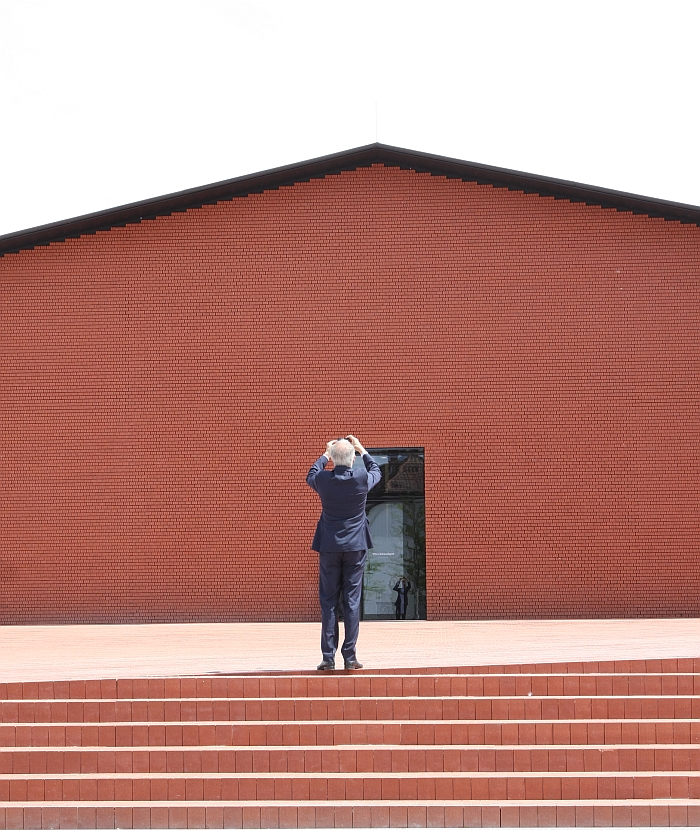
Margarete Heymann is without question one of the more interesting, important and informative, creatives of the 20th century. If, sadly, not always on account of her work.
Works, some 250 of which, are however very much the focus of the Bröhan-Museum's exhibition; works created, as the title neatly implies, between 1923 and 1934, that, all too brief, period after her training at the Kunstgewerbeschule Köln, Kunstakademie Düsseldorf and Bauhaus Weimar and before her enforced resettlement to, and attempted restart in, England. And works realised in context of the Haël-Werkstätten für künstlerische Keramik that Heymann-Loebenstein, together with her, then, husband and brother-in-law, established in Marwitz, to the north of Berlin, and where she produced works reflective of her own take on the realities of the day and the required responses thereto; works that, should, will, help underscore not only that Bauhaus was school not a style, a school not an era, but also that Modernist orientated ceramics and objects of daily use in the 1920s and 30s were colourful, expressive, alive and also reduced and function focussed. That reduction and vitality, that functionality and expressiveness aren't mutually exclusive positions. Something all too quickly forgotten in this age of beige.
Works which should allow us all to better approach the importance and ongoing relevance of Margarete Heymann-Loebenstein to discourses on ceramics, on the production of objects of daily use, on relationships between objects and users, on the form-function equation, etc.
And works which should also allow access to the prejudice, discrimination, unfairness, indifference, inhumanity and criminality that saw Margarete Heymann-Loebenstein first lose the Haël-Werkstätten and subsequently slip into a relative post-War anonymity she doesn't deserve and which does us all a great disservice; those aspects of her biography that make her so interesting, important and informative beyond her work.
Works the Bröhan Museum should remind us were, and still are, interesting, important and informative in their own right.
Haël. Margarete Heymann-Loebenstein and her workshop for decorative ceramics 1923–1934 is scheduled to open at the Bröhan Museum, Schlossstraße 1a, 14059 Berlin on Thursday July 6th and run until Sunday October 29th. Further details can be found at www.broehan-museum.de
